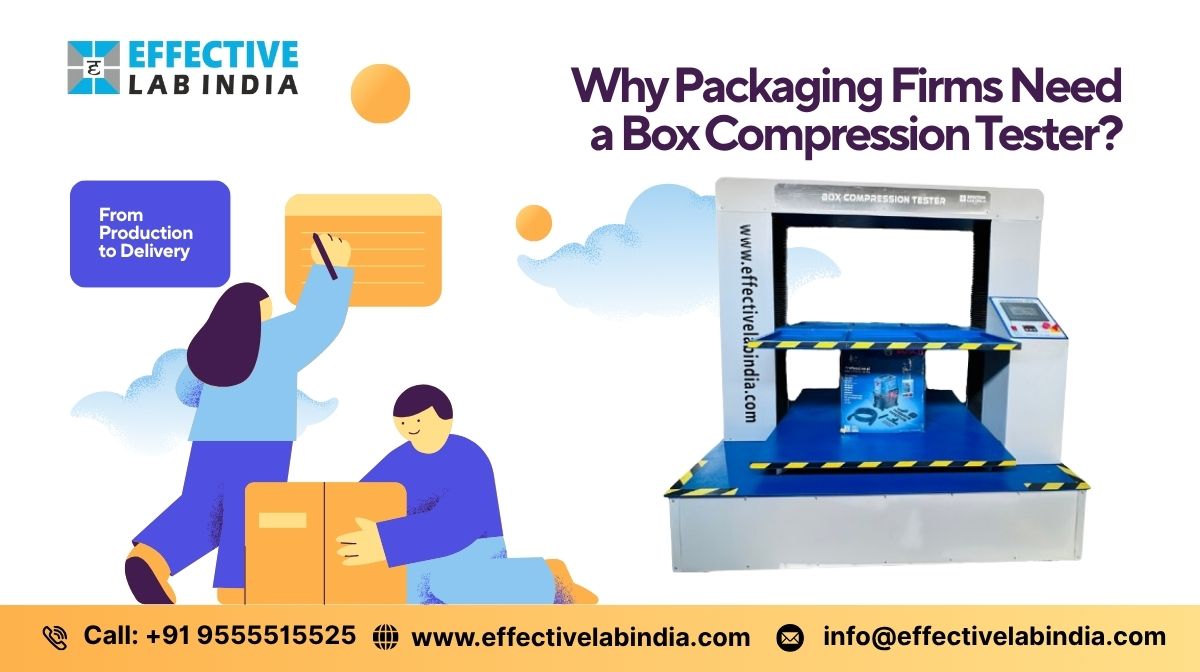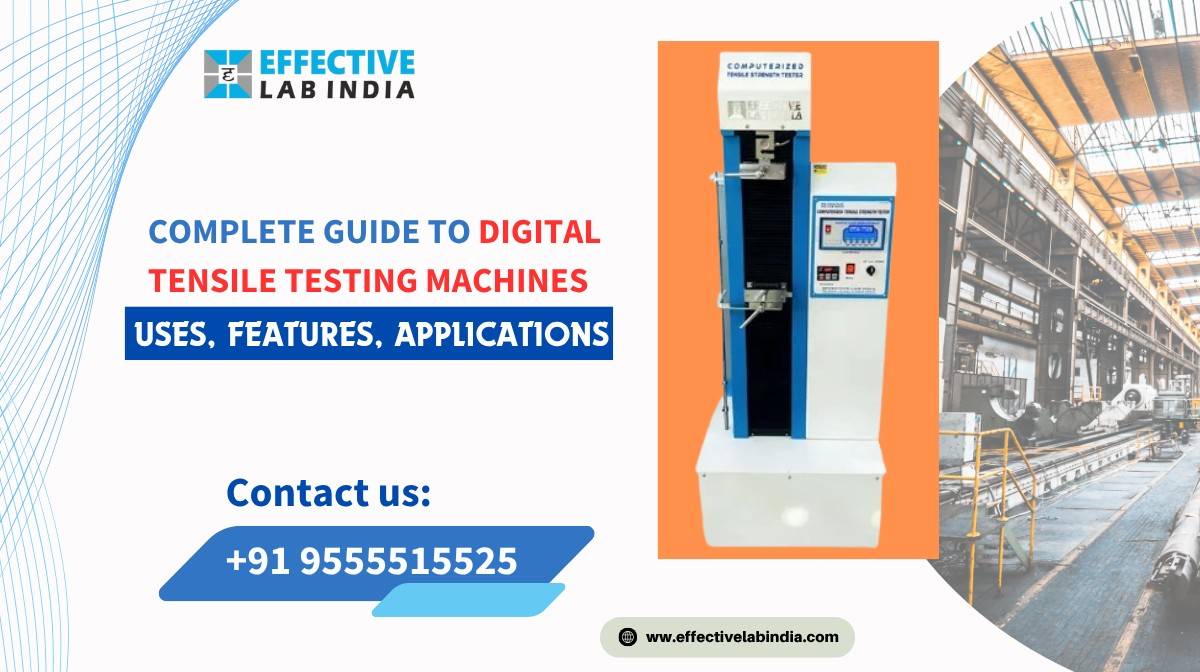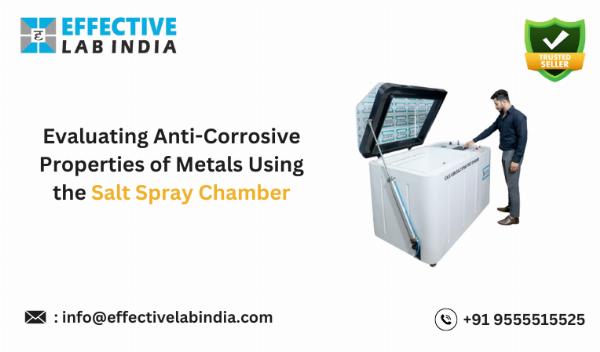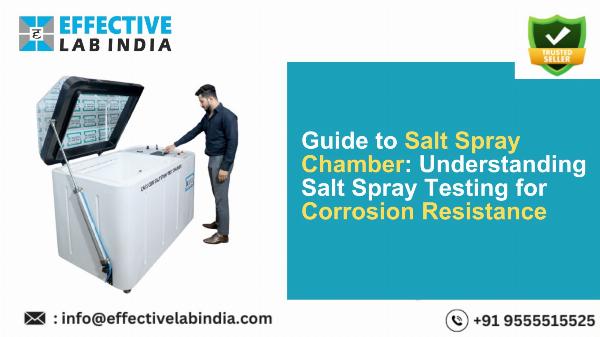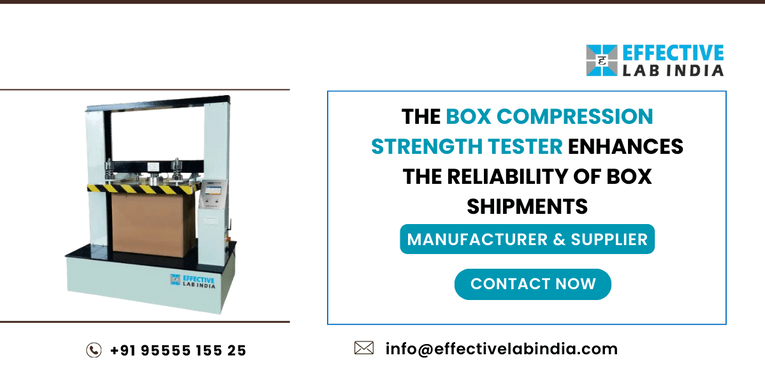 Google Ads Done Right – More Clicks, Less Waste!
Google Ads Done Right – More Clicks, Less Waste!
6 Common Mistakes When Using an Ozone Test Chamber
Written by Effective Lab India » Updated on: June 17th, 2025

For many businesses, using an ozone test chamber is crucial to guarantee the safety and longevity of their products. Even the most skilled experts, meanwhile, are susceptible to errors that taint the test outcomes. It is possible to secure more accurate results and save time and costs by being aware of and avoiding these typical errors.
Understanding Ozone Test Chambers
An ozone aging test chamber is a regulated setting where materials are subjected to ozone gas to examine their resilience and longevity. The impacts of ozone are replicated in these chambers, which is important for sectors where materials are exposed to external environments.
Materials performance in the long run, when exposed to ozone, is predicted using ozone test chambers. For goods that might deteriorate when exposed to ozone, such as rubber, plastics, and coatings, this is especially crucial.
How Does an Ozone Test Chamber Work?
A test chamber for ozone replicates the impact of exposure to ozone on different types of materials. It functions by producing and maintaining a precise ozone gas concentration inside a closed chamber. After the items to be evaluated are placed inside, the chamber is configured to maintain predetermined environmental parameters for a predetermined amount of time, including humidity and temperature. Researchers can watch the materials' response to ozone in this controlled setting, which helps forecast how well the materials will hold up and function in real-world scenarios where ozone exposure is an issue.
6 Typical Errors to Avoid When Using an Ozone Test Chamber
Mistake 1: Incorrect Calibration
Importance of Calibration
Calibration is the process of ensuring that the test chamber operates within the specified parameters. Without proper calibration, the test results can be inaccurate, leading to faulty conclusions.
How to Properly Calibrate Your Chamber
To properly calibrate your ozone spray test chamber, follow the manufacturer's instructions meticulously. Use certified calibration tools and ensure that the calibration is performed regularly to maintain accuracy.
Mistake 2: Ignoring Maintenance Requirements
Regular Maintenance Routines
Regular maintenance is crucial to keep the ozone chamber in optimal condition. This includes cleaning the chamber, checking for wear and tear, and replacing any damaged parts.
Consequences of Poor Maintenance
Neglecting maintenance can lead to malfunctions, inaccurate test results, and even complete failure of the chamber. Regular check-ups can prevent costly repairs and downtime.
Mistake 3: Using Inaccurate Testing Parameters
Setting the Right Parameters
Setting the correct testing parameters is essential for accurate results. This includes the concentration of ozone, temperature, humidity, and exposure time.
Common Parameter Errors
Common errors include setting the wrong ozone concentration or not maintaining consistent temperature and humidity levels. Always double-check your settings before starting the test.
Mistake 4: Poor Sample Preparation
Preparing Samples Correctly
Proper sample preparation is key to reliable test results. Ensure that samples are clean, free from contaminants, and properly labelled.
Effects of Improper Sample Preparation
Improperly prepared samples can lead to inconsistent results and misinterpretation of the material's performance. Take the time to prepare samples according to the standardized procedures.
Mistake 5: Overlooking Environmental Conditions
Controlling Environmental Factors
The environment in which the test chamber operates can significantly affect the results. Ensure that the testing room is controlled for temperature, humidity, and air quality.
Impact of Environmental Variations on Test Results
Fluctuations in environmental conditions can lead to variations in test outcomes. Stabilizing these factors helps in achieving more reliable and repeatable results.
Mistake 6: Inadequate Documentation
Detailed documentation of each test, including the conditions, parameters, and outcomes, is crucial. This helps in tracking performance trends and identifying issues.
Benefits of Proper Documentation
Proper documentation ensures traceability and helps in quality control. It also facilitates better decision-making and continuous improvement in testing processes.
Conclusion
By understanding and avoiding these common mistakes, you can ensure that your ozone resistance test chamber operates efficiently and provides accurate results. Regular maintenance, proper calibration, careful sample preparation, and thorough documentation are all critical components of a successful testing regimen.
Note: IndiBlogHub features both user-submitted and editorial content. We do not verify third-party contributions. Read our Disclaimer and Privacy Policyfor details.
Copyright © 2019-2025 IndiBlogHub.com. All rights reserved. Hosted on DigitalOcean for fast, reliable performance.


